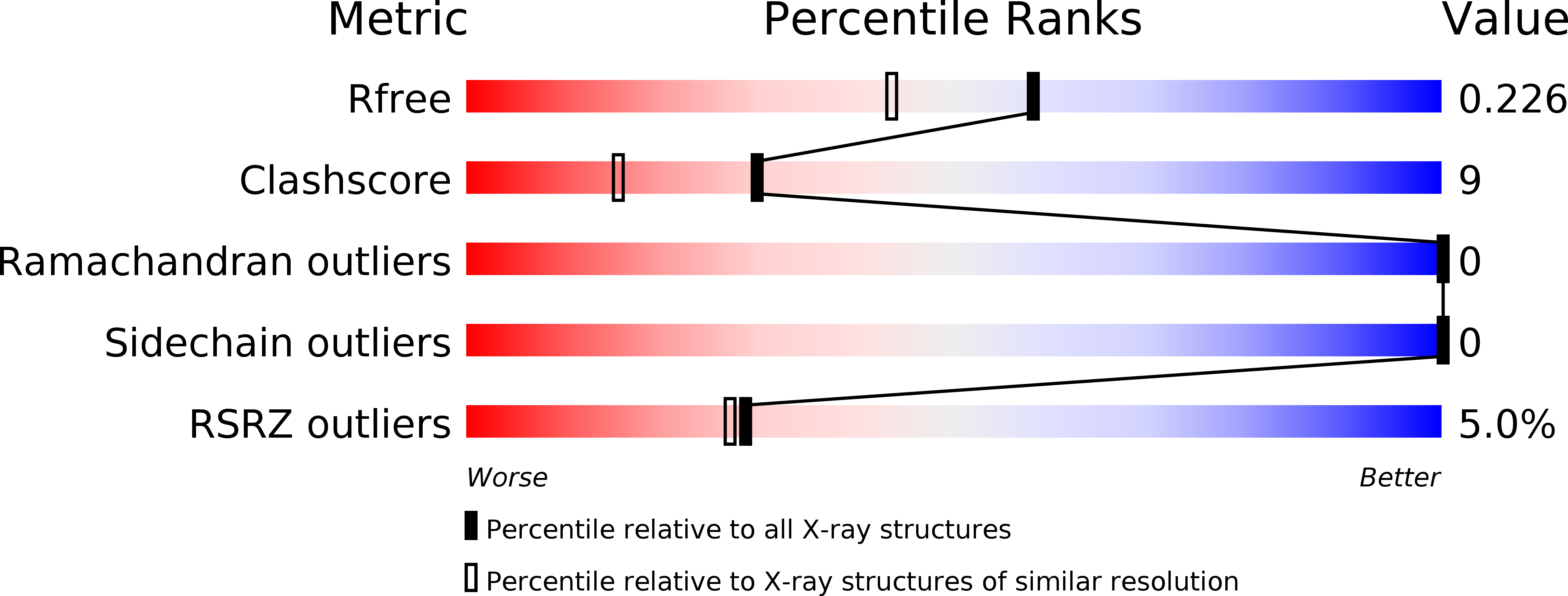
Deposition Date
2007-11-08
Release Date
2008-02-19
Last Version Date
2024-10-30
Entry Detail
PDB ID:
3BAP
Keywords:
Title:
Crystal Structure of the 25 kDa Subunit of Human Cleavage Factor Im
Biological Source:
Source Organism:
Homo sapiens (Taxon ID: 9606)
Host Organism:
Method Details:
Experimental Method:
Resolution:
1.85 Å
R-Value Free:
0.24
R-Value Work:
0.22
R-Value Observed:
0.22
Space Group:
P 31 2 1


